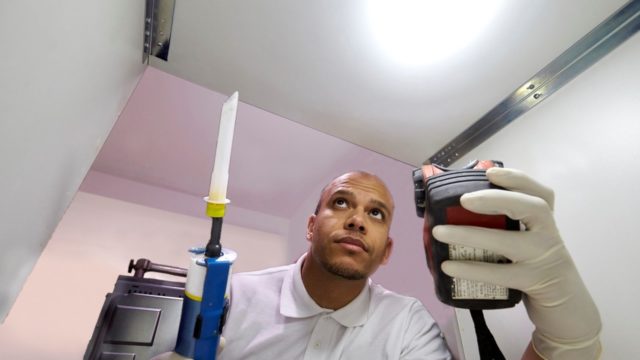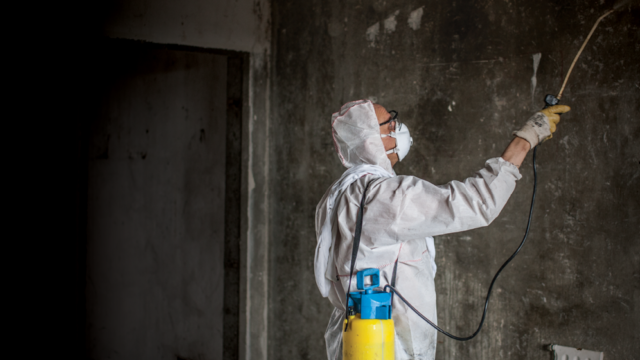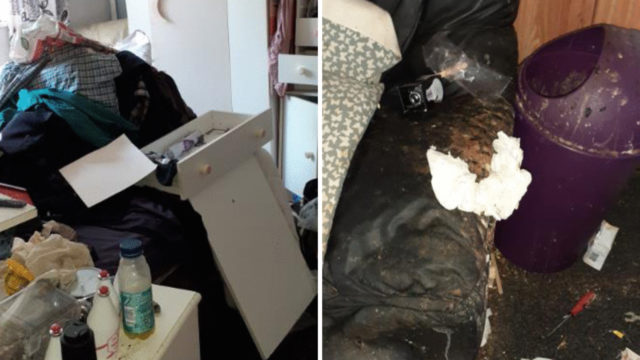Glasgow’s July/August 2002 floods caused millions of pounds worth of damage to homes and businesses in the city, after the area’s antiquated 19th century drainage system struggled to cope with some of the worst rainfall in Glasgow’s history.
The hardest hit of all came to those whose properties hadn’t been prepared, with many not even covered by content insurance. Fast-forward 15 years later, and according to YouGov, over 53% of adults in the UK still don’t know their flood risk, including business owners.*
Knowing your flood risk can help you to minimise potential damage to your property and reduce the cost of flooding to your business. In this article, we’ve compiled the essential steps all business owners should take to be flood ready.
Know your flood risk
You can check your flood risk by visiting www.knowyourfloodrisk.co.uk, where you can sign up for free real-time flood alerts and purchase your own personalised flood risk report. You can also call the 24 hour government Floodline on 0345 988 1188 or visit www.gov.uk/sign-up-for-flood-warnings.
In a flood-risk area, your property is more likely to be damaged by flood than by fire
If you are notified of a flood risk, you should:
- Inform staff and anyone else on your premises and evacuate if necessary
- Install any flood protection products you may have
- Move all valuables and electrical devices to a safe, high space off the ground
- Turn off all mains gas and electricity
Have a flood plan
Having a flood plan is the best way to minimise damage to your property before and after a flood.
According to Floodline Scotland, a flood plan should include:
- A staff contact list and a list of other important contacts, including cleaning and restoration services, building services, suppliers and evacuation contacts.
- A map showing key locations, protective materials and service shut off points.
- Basic building materials to help protect your property.
- A checklist of procedures for staff to use during a flood.
Check your insurance
Flood damage can be fatal to your business if you’re not properly insured. Don’t forget to check that your policy covers flood damage to stock, assets and property.
Cleaning-up after flood damage can be complex and risky. Knowing who to call if your property is flooded can save precious time and prevent unnecessary damage. If you’d like to learn more about CleanSafe’s specialist flood cleaning service, you can visit our Flood Damage and Restoration page, or talk to a member of our team on 0800 668 1268.
“Our expertise and experience in flood cleaning and recovery means we can do what’s needed to quickly support business recovery, and plan further drying work in a way that protects the fabric of buildings.”
Stephen Savill, CleanSafe Services Business Development Manager
Find out how CleanSafe helped London businesses get back on their feet after flash flooding.





